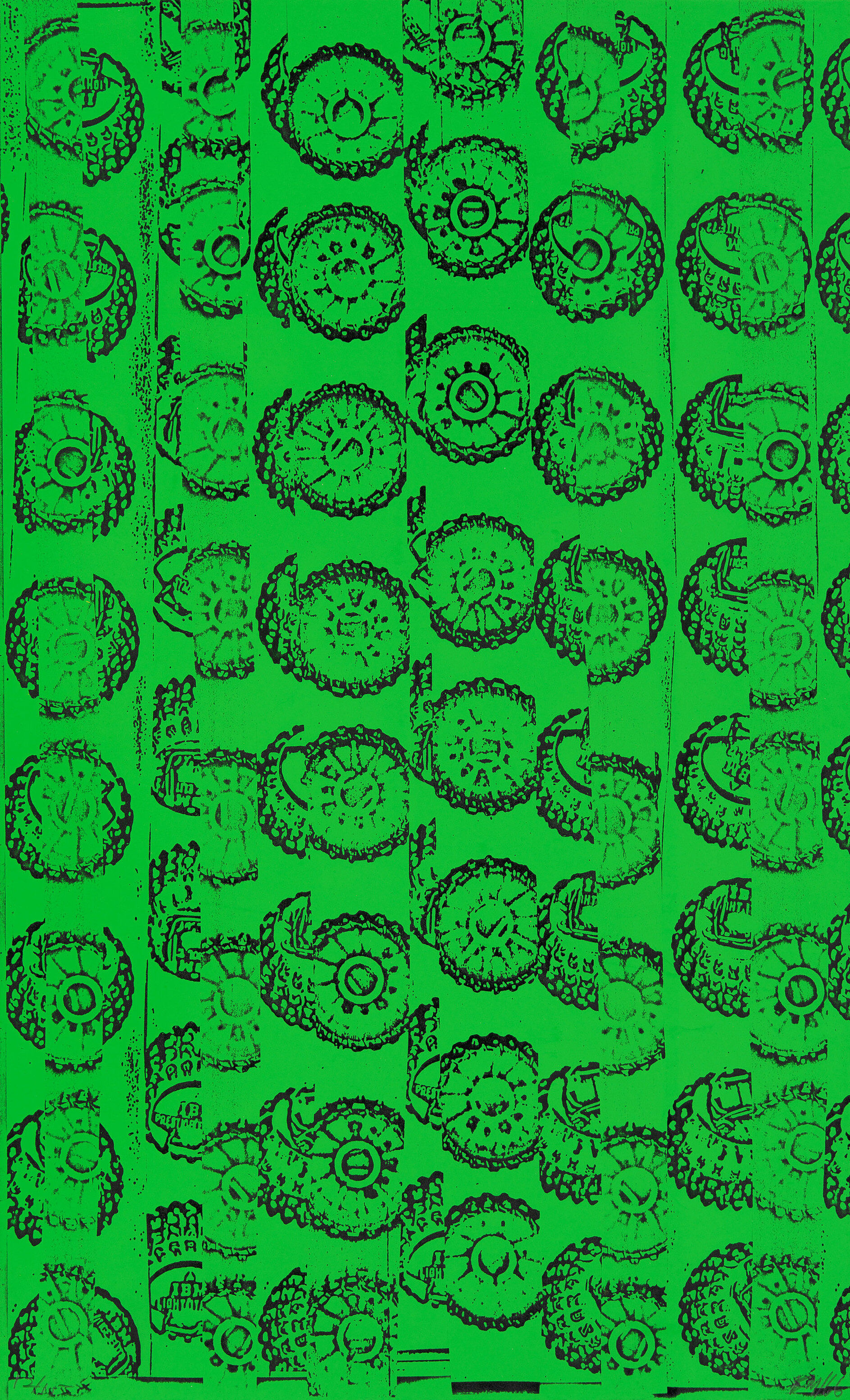Experiments in Electrostatics: Photocopy Art from the Whitney’s Collection, 1966–1986 | Art & Artists
Nov 17, 2017–Mar 25, 2018
Experiments in Electrostatics: Photocopy Art from the Whitney’s Collection, 1966–1986 | Art & Artists
Edward Meneeley
2
Edward Meneeley (b. 1927, Wilkes-Barre, PA) first encountered the copier in the early 1960s, while visiting a friend who worked at IBM. An experienced photographer, he was intrigued by how the machine combined a camera lens with a light-scanning bar but did not capture objects as they appeared to the eye; rather, it recorded their shadows through the accumulation of high-contrast particles. Eager to investigate this unexplored medium, he assembled materials salvaged from IBM’s waste bins—such as typewriter ribbons, adhesive tape, and punch cards—into abstract patterns on the copier’s glass surface and then printed the imagery on colorful coated papers. Meneeley recognized that, like fine art prints, the compositions and surface qualities of the works would be impossible to duplicate beyond the initial print run.

